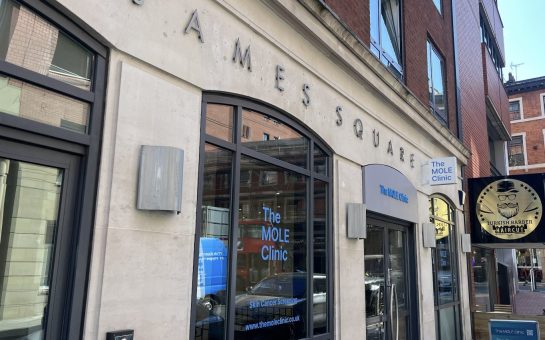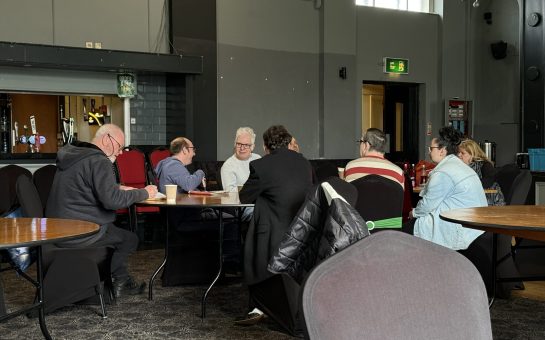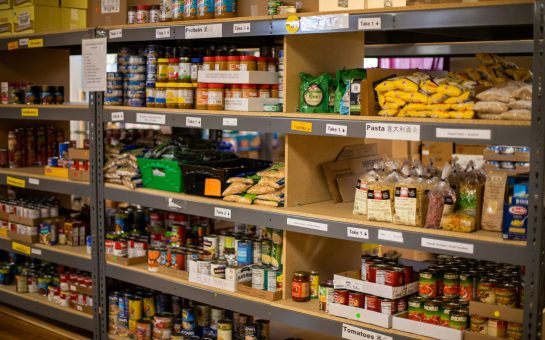As austerity continues to bite the UK and beyond, one policy in Greater Manchester is striving to make an impact at a local level and improve business opportunities.
The Metrolink network’s rapid expansion was conceived at a time of boom but is serving a region in the midst of cuts and slashed budgets.
With the East Didsbury extension opening last month the light-railway system designed to stimulate the region’s economy swelled as it aims to become the UK’s largest tram network.
By 2016 the Metrolink will span more than 45 miles and a Second City Crossing proposal, creating another route across Manchester City Centre, has been submitted to the Department for Transport (DFT).
The South Manchester extension was greeted by estate agents Phillip James with offices in Didsbury Village, whose director Rob Kennedy felt the new trams will be great for the area.
“It really is the icing on the cake for us,” he said. “It plugs us directly into the heart of Greater Manchester’s transport system and cements Didsbury as the place to live.
“Britain is coming out of recession, Manchester is booming and now the Metrolink connects the most sought-after area to the rest of the city.
“Major infrastructure projects always kick-start an area’s regeneration. Over the last few months we’ve seen real interest return to the Didsbury property market.”
That may be good for an affluent area like Didsbury – recently voted in the Sunday Times 101 best places to live in the UK – but what about elsewhere in Greater Manchester?
According to Greater Manchester Poverty Commission, Rochdale is the most deprived small area out of all ten boroughs with 72% of Falinge residents unemployed, statistics published in January reveal.
The Oldham wards of Coldhurst and St Mary’s also have some of the regions highest levels of Jobseekers Allowance claimants.
Rochdale Development Agency (RDA) is a not-for-profit organisation that encourages new economic investment and physical development across the borough.
RDA’S chief executive John Hudson believes the Metrolink is stimulating growth in the borough and believes this is already showing, particularly with Kingsway Business Park.
“It’s part transport initiative and part economic development and we always anticipated the areas around the station and the public transport hubs would attract more development and redevelopment interest,” he said.
“If you look at Kingsway Business Park, that saw 1.5million square feet of development last year come to fruition – a heck of a figure.
“If this had been happening during better economic times, I think we would have been charging ahead but we are definitely seeing some opportunities coming through.
“It connects together a whole series of strategically important employment sites and gives the communities along that route ready access to those job opportunities.
“I’m sure Oldham and Tameside would also say it has helped connect us much more strongly and integrate us into the Greater Manchester economy, which has to be really important.”
Around 800 new jobs were recently made at Kingsway through Asda and Wincanton, with up to 2,000 positions planning to be created over the next few years.
With half of Greater Manchester’s boroughs now experiencing Metrolink services a through-route is also in the pipeline.
Another new line to Port Salford would see stops at Old Trafford, Imperial War Museum North, the Trafford Centre and Salford City Stadium.
This would add to the MediaCityUK line, which opened in September 2010 to serve vast swathes of the BBC’s relocation to Salford from London.
Moreover Tameside’s line extension to Ashton-under-Lyne will open by 2014 and the route to Manchester Airport, going through Wythenshawe, is planned to be operational by summer 2016.
While glad of the expansion Tameside Council do not expect to see true benefits in the borough until the Ashton terminus opens next year.
“We are aware that the expected economic benefits of the line to Ashton were considerable,” a spokesman said. “But the full economic impact of the line will not be known until 2014.
“Statistics from the Metrolink network as a whole show that at off peak times people will travel from the regional centre out to other local authority shopping areas.”
Greater Manchester’s Chamber of Commerce have been avid supporters of Metrolink investment since the 1990s and head of business intelligence, Christian Spence, feels its benefits are being widely felt.
“Greater Manchester’s economy is fast evolving to take advantage of new growing sectors, causing large areas of employment to move around the region,” he said.
“Projects like the Metrolink expansion are key to allowing all parts of our workforce to easily move around Greater Manchester and access and take full advantage of all of these new opportunities as they emerge.
“In those areas which have had the links in place for some time economic benefits are starting to become tangible.”
Transport for Greater Manchester (TfGM) are under no illusions about the impact the Metrolink has had not just over the past 12 months, but during the past two decades.
Councillor Andrew Fender, TfGM committee chair, believes more than 300million Metrolink journeys have been a crucial catalyst for regeneration in Manchester, Altrincham, Bury and Salford.
“The Metrolink network has gone on to become one of the most successful light rail systems in the country and a symbol of Greater Manchester’s rejuvenation and ambition,” he said.
“You only have to look out of the window when you’re riding along and see all the new developments that have been built since Metrolink opened.
“It has been vital it has been in attracting people to work, live and do business in the towns and cities it serves.
“It has helped to drive regeneration of Manchester city centre which, at one point in the 1980s, had just 500 residents compared with some 20,000 today.”
With the DFT committing to partly fund expansions on the horizon, the light-rail network designed to improve Greater Manchester’s economy will continue to grow.
Despite hiccups along the way with delays and disruptions, the Metrolink could prove to be a powerful weapon in Greater Manchester’s arsenal against a struggling economy.
Picture courtesy of Firing up the Quattro, via Flickr, with thanks.
For more on this story and many others, follow Mancunian Matters on Twitter and Facebook.



